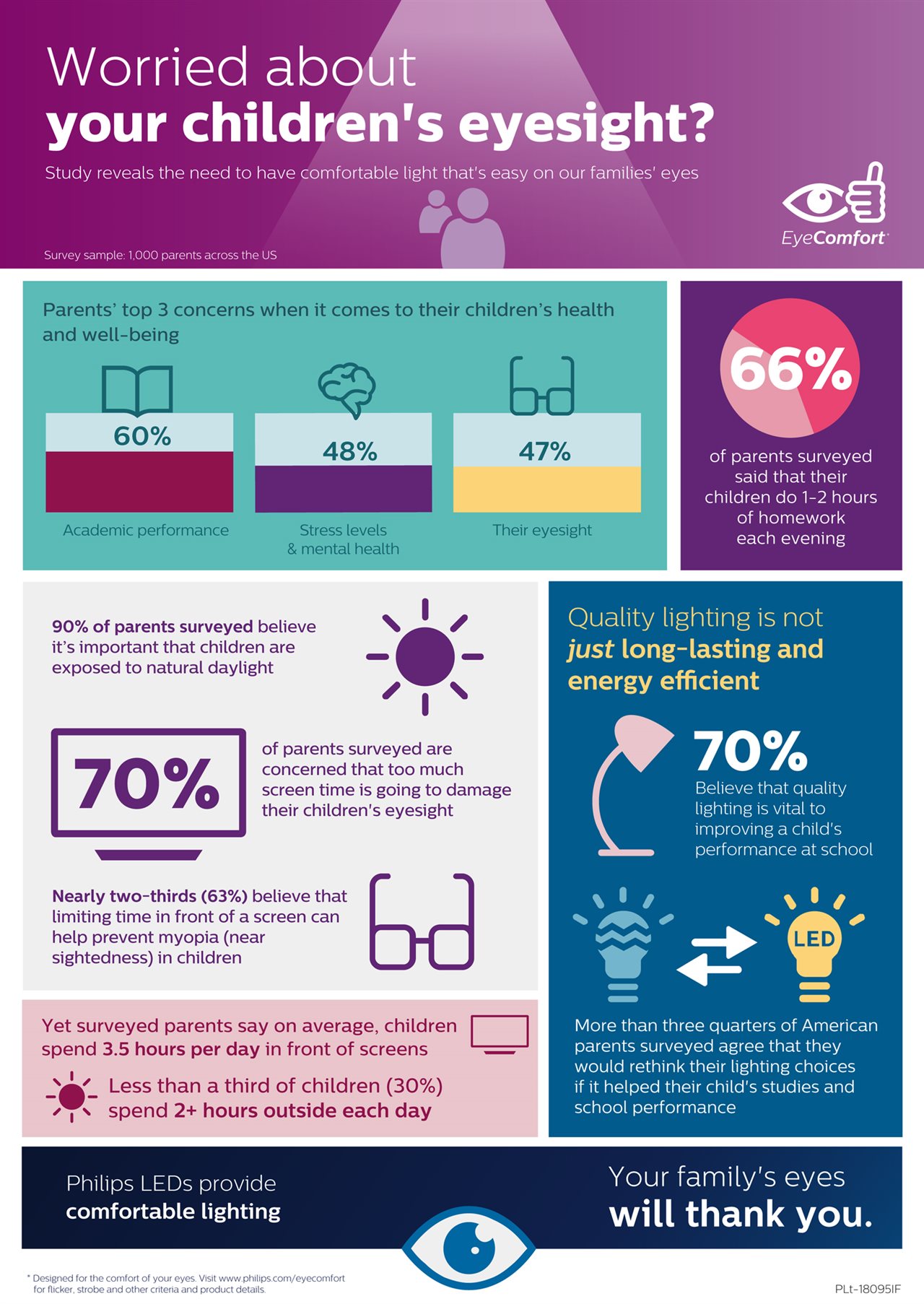2018-08-27T11:01:01
(BPT) – We all love sitting down together for a hot meal. Unfortunately, preparing the meal itself turns into a chore that usually falls to one family member (Mom).
Switch up your dinner prep routine and turn it into a fun family activity that involves the kids. Yes, it may take extra time and effort, and, yes, there will be spills. But in the long run, you’ll see the benefits. They’ll gain valuable life skills since cooking builds confidence and, eventually, you’ll be able to turn to them to get dinner started before you arrive home.
Until then, think of this as a great way to spend time together. With these three tips (plus a delicious meal to start with), you’ll be on your way.
Keep it quick and simple
Complex recipes might tax the attention span of your small sous chef. Keep it low-key and stress-free with recipes that take 10 minutes or less to prepare. Along with that, don’t shy away from meal solutions that will get their favorite foods on the table in a snap.
This balanced meal of chicken and veggie skewers (see recipe below) paired with Stouffer’s Macaroni & Cheese is a simple and wholesome way to get dinner on the table in little time. The skewers are a delicious way to get their fill of protein and veggies. And Stouffer’s is an easy solution you can feel good about feeding your family, with ingredients you would use in your own homemade version, like freshly made pasta, butter, cheddar and milk — no artificial flavors, colors or preservatives.
Don’t leave out the littles
The youngest member of your family may not be tall enough to reach the stovetop, but that doesn’t mean they can’t help! There are plenty of things their cute little hands can do to help in the kitchen. They can wash produce, squeeze lemons, stem herbs, or tear lettuce leaves for salad. They can even halve mushrooms with a butter knife, stir the batter and push the start button. When they’re enthusiastic to help alongside their siblings, find a way to let them join in on the fun.
Prep produce ahead of time
A balanced plate should be half veggies and/or fruit because produce is packed with fiber and nutrients that support good health. Trouble is, washing, peeling and slicing can add many minutes to weeknight meal prep and delay your dinner — especially if you have a crew of small helpers by your side.
Which is why it’s always helpful to set aside an hour on a weekend or quiet weeknight to wash and prep the produce needed for the upcoming meals. And the kids can help with that, too. Bonus: If they help at any stage of veggie prep, they’re far more likely to taste it! Younger kids can help with rinsing, drying and portioning. Older kids can peel. And if they’re ready for it, this can be a calmer, more relaxed time for them to learn to chop and dice without the deadline pressure of dinner.
For additional ideas and inspiration for cooking with kids, visit Nestle’s Balance Your Plate. There, you’ll find easy-to-follow meal plans to help you create a game plan for balanced, delicious and nutritious meals.
Macaroni & Cheese with Chicken Veggie Skewers
Makes 4 servings
Prep time: 10 minutes
Total time: 35 minutes
Ingredients:
Stouffer’s Family Size Macaroni & Cheese
For the skewers
1 tbsp. extra-virgin olive oil
1/2 tsp. garlic powder
1 tsp. Italian seasoning
Kosher salt
Freshly ground black pepper
1/2 yellow bell pepper, chopped into bite-sized pieces
1/2 red bell pepper, chopped into bite-sized pieces
1/2 green bell pepper, chopped into bite-sized pieces
2 boneless, skinless chicken breasts, cut into bite-sized pieces
Bamboo skewers
Directions:
Cook Stouffer’s Macaroni & Cheese according to packaging instructions.
In a medium bowl, whisk together olive oil, garlic powder and Italian seasoning, and season with a pinch of salt and pepper. Add bell peppers and chicken and, using tongs, toss until coated.
Thread chicken and bell peppers onto skewers.
Heat a large grill pan over medium heat. Add skewers to grill pan and cook until chicken is cooked through and peppers are tender, 4 minutes per side. Remove from pan.
Plate skewers and serve with Stouffer’s Macaroni & Cheese.









